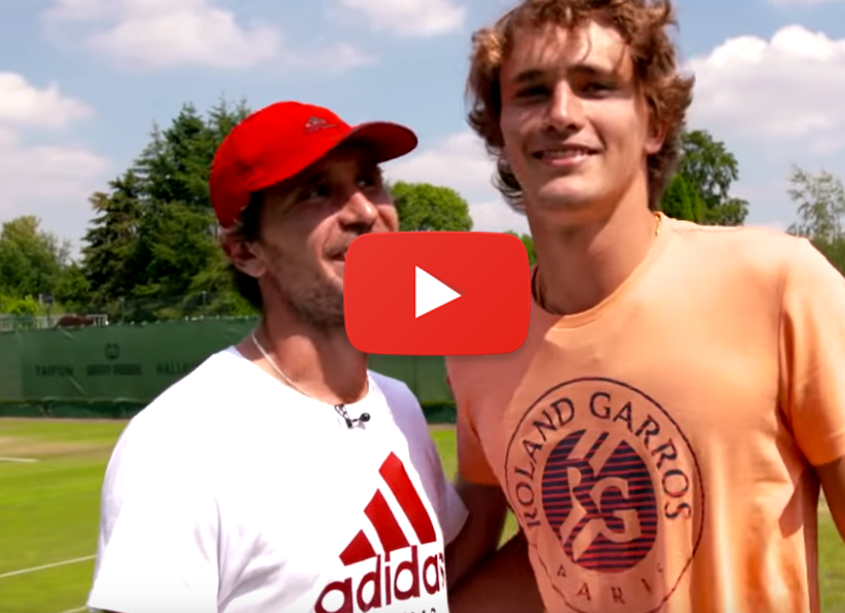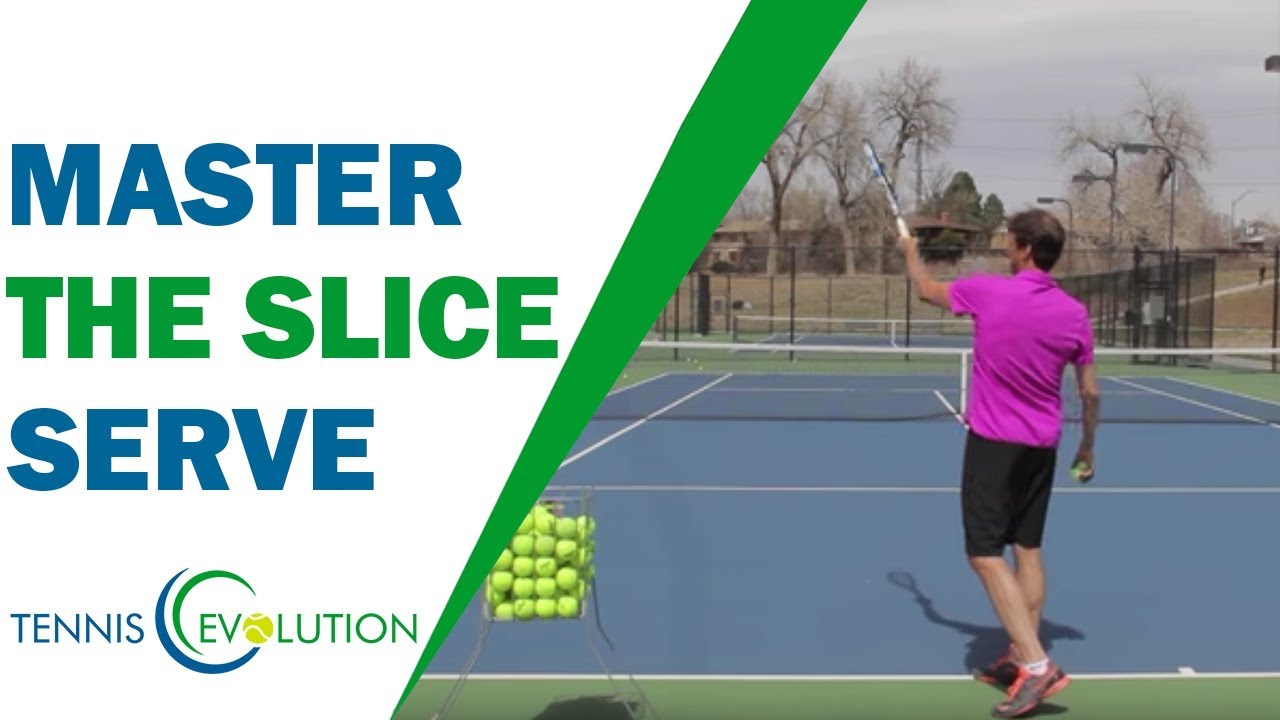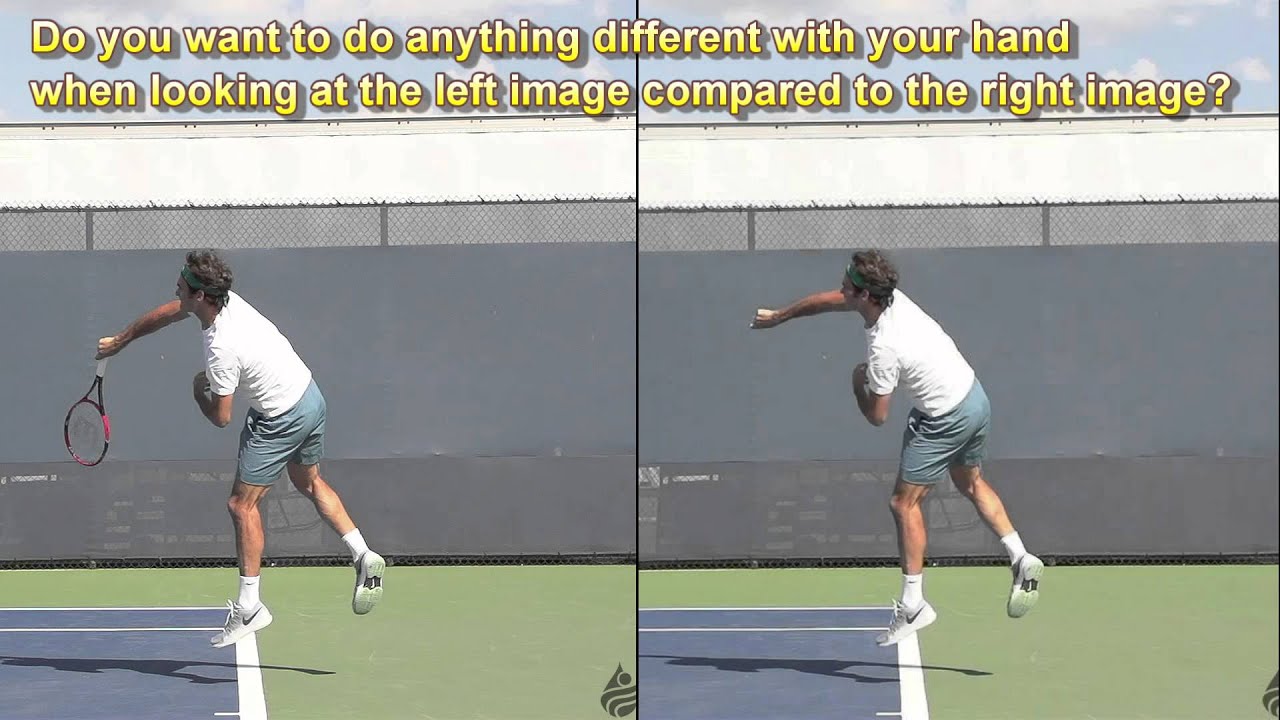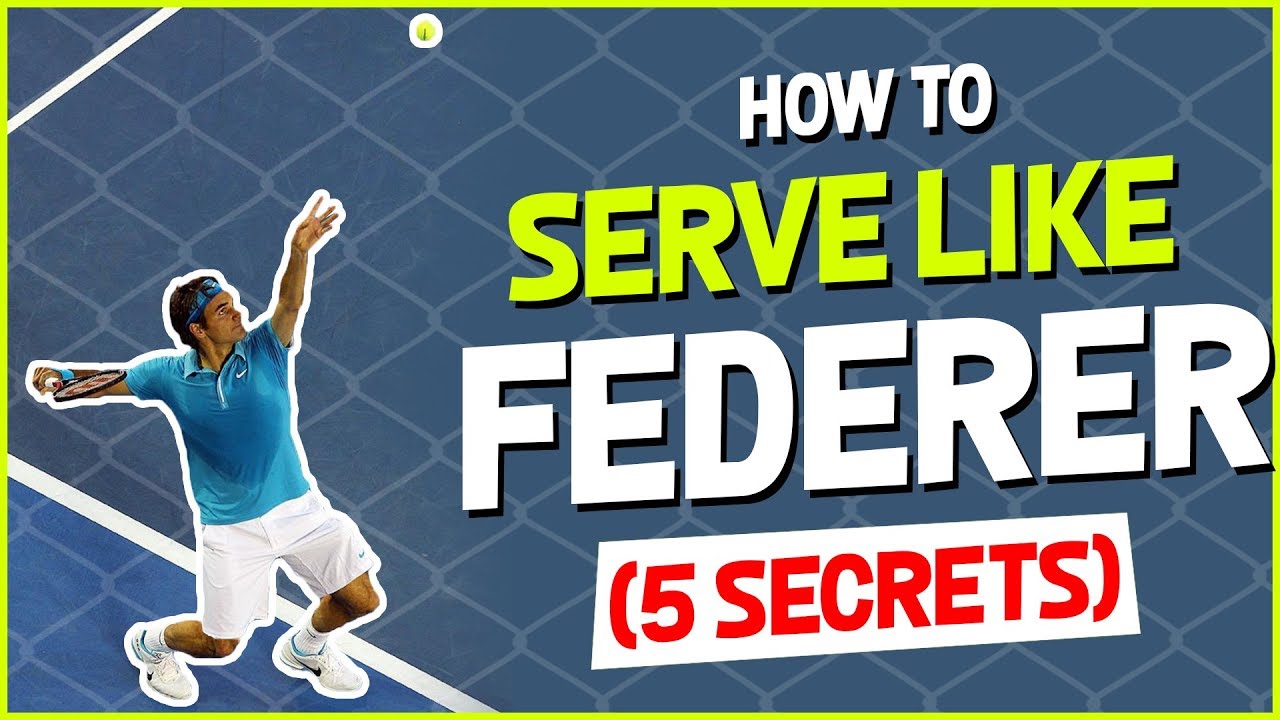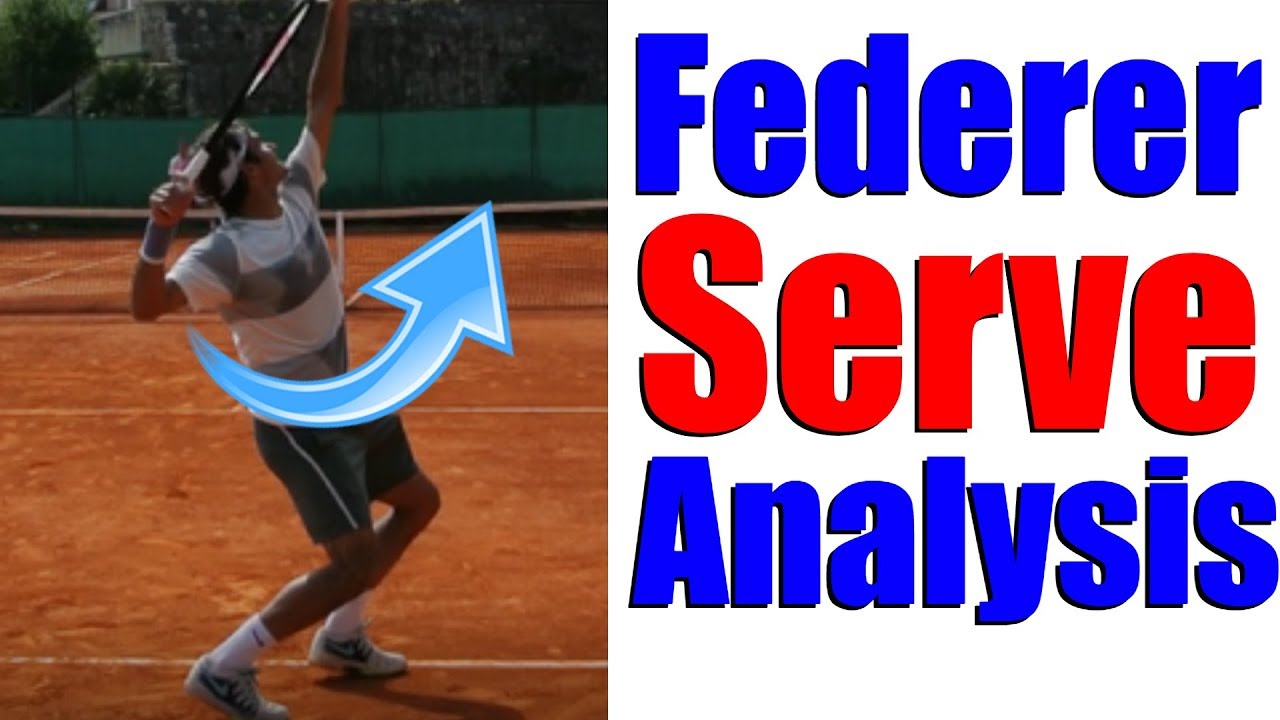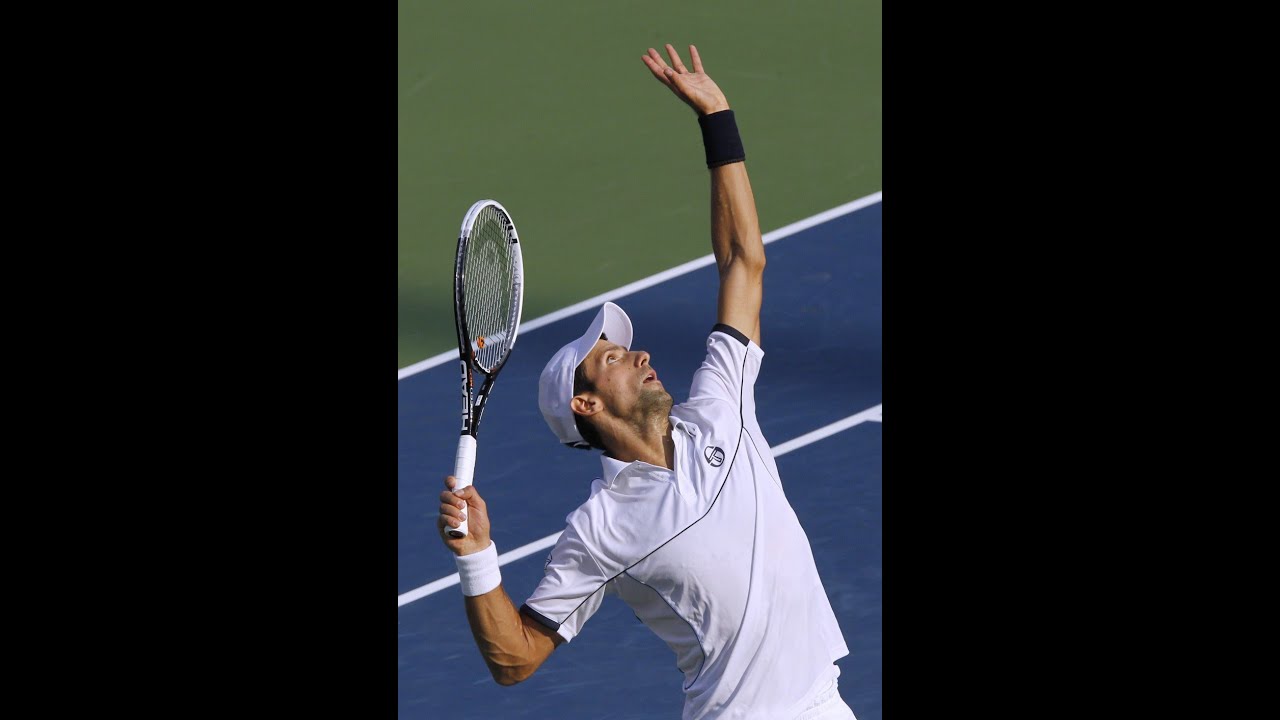
More about improving your Serve
Top Tennis Training coach Simon Konov explains how to hit the perfect tennis serve in five simple steps.
Step One – Using the ideal grip which is the continental grip. This is the same grip you should use for your forehand volley and backhand volley, your tennis overhead smash and your slice backhand. This grip allows you to use supination and pronation on your tennis serve. It also allows you to hit all the different types of serves and spin variations with the same grip, this includes the tennis slice serve, the tennis kick serve, the tennis flat serve and a mixture of all three.
Step Two – A consistent ball toss that goes no higher than six inches above your contact point. The higher you toss the ball, the faster it will be travelling downwards when you try to make contact making it harder to hit in the sweetspot. However if you toss the ball just slightly higher or exactly to your ideal contact point, the ball will stop for a split second at the height of the toss so it’s almost as if you are hitting a stationary object.
The other main reason to keep your ball toss just around the contact point height is because the higher you toss the ball, the more out of control it gets, it’s much easier to consistently toss the ball is the same zone if you toss it lower.
Step Three – Reaching a good trophy position. A good trophy position is very similar to a good throwing position, the main difference is the tilt of the shoulders as are target is the contact point on the serve whereas with a throw it might be forwards.
The characteristics of a good tennis serve trophy pose include the non hitting hand pointing upwards to the ball to help balance the body, the hitting arm in about a 90 degree angle and the tip of the racket pointing upwards towards the sky. If you can you will also have a good knee bend in this position,
Step Four – Using pronation during the contact zone.
By using the continental grip you allow the forearm, arm and shoulder to supinate prior to contact and start pronating during contact and completely pronate after contact. This is the ideal way to accelerate the tennis racket head during the contact zone.
Step Five – Using a good follow through and finish to complete the service motion. For right handers a good indication would be the racket head finishing close to the left hip. This will allow the shoulder muscles to slow down in a natural relaxed way without stressing the shoulder or elbow joint.




